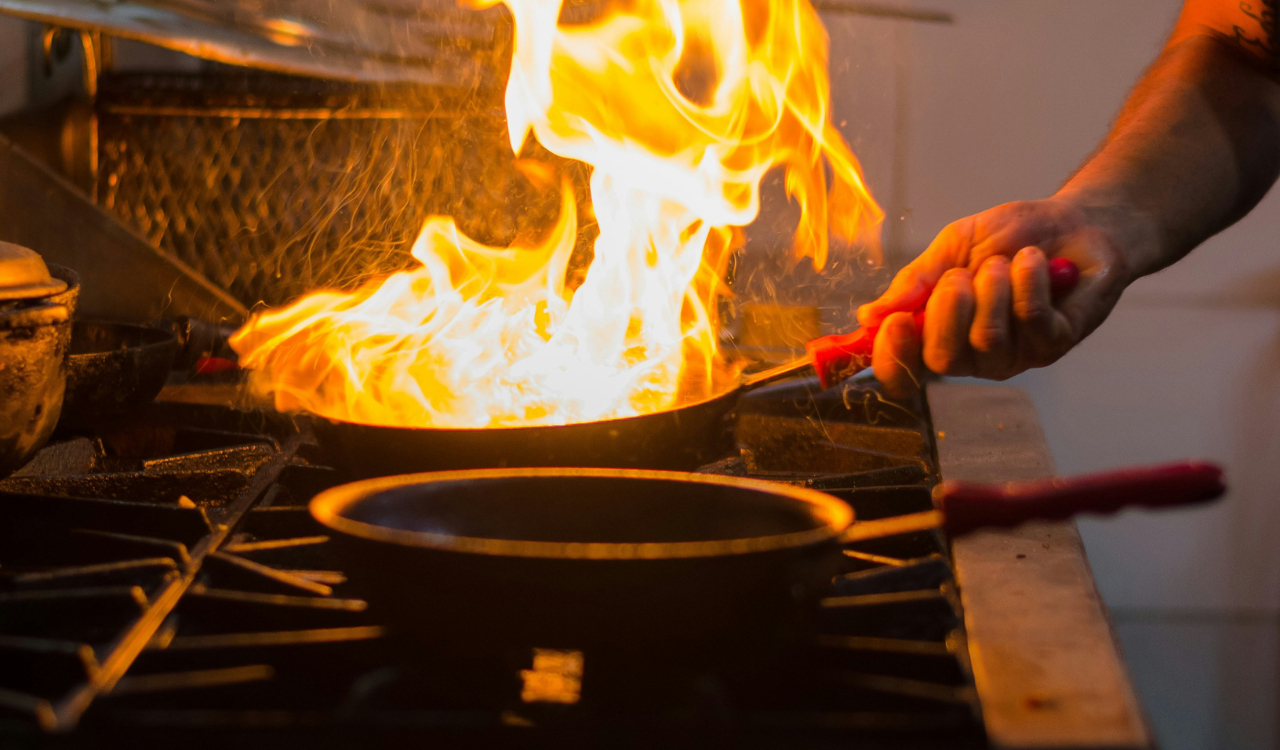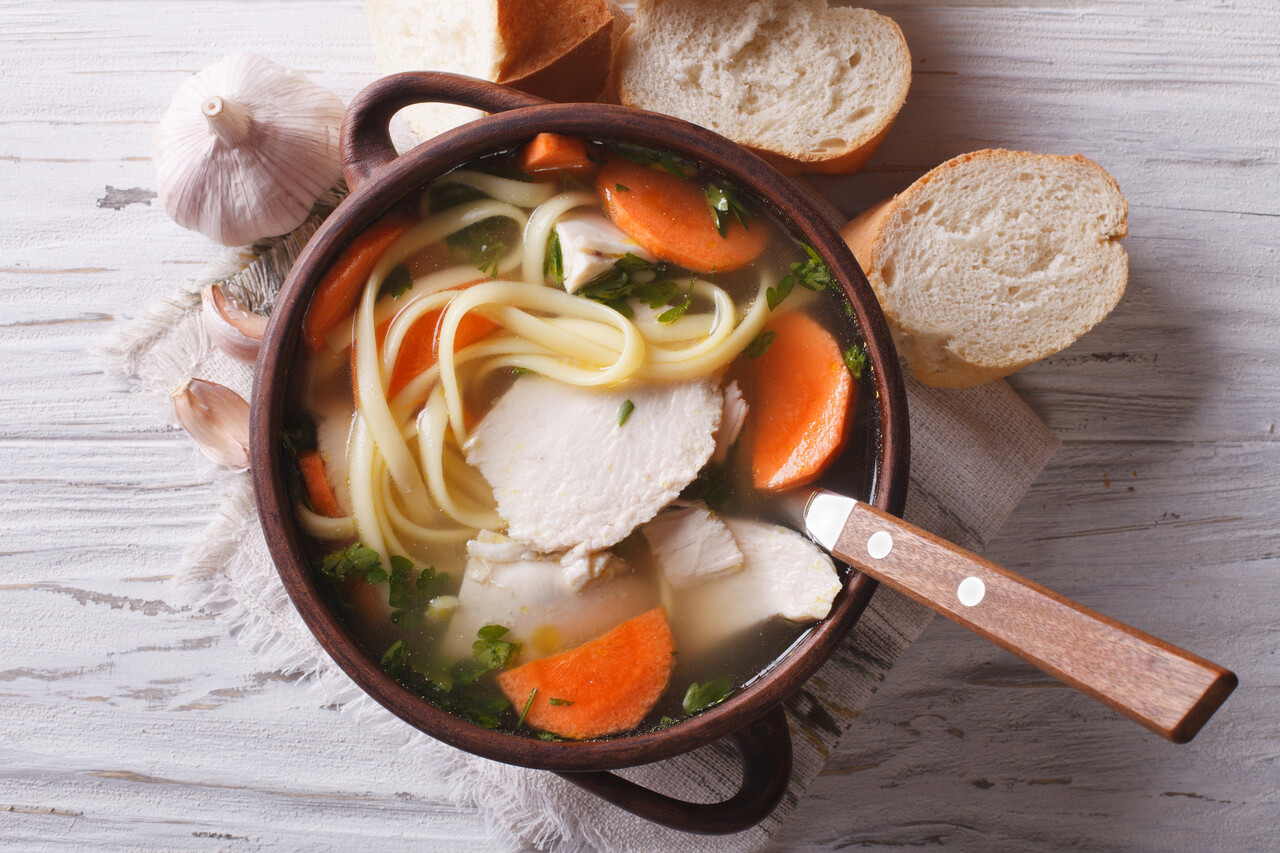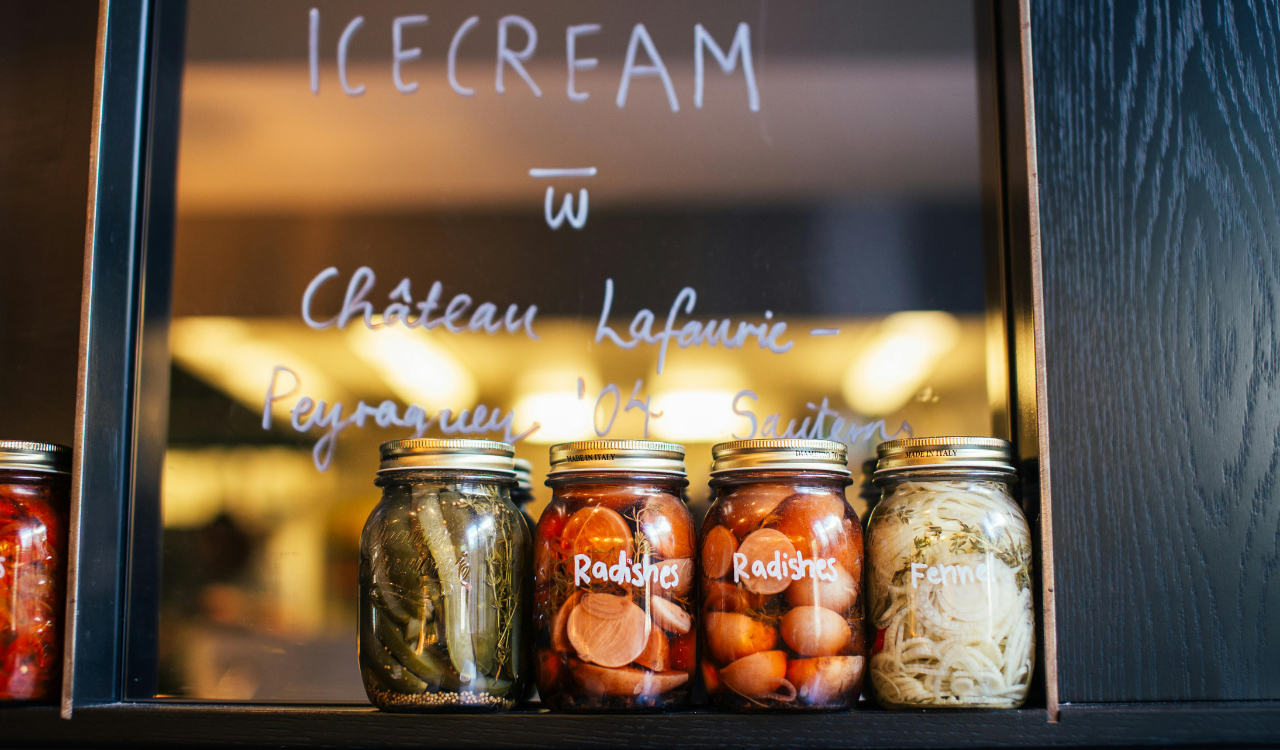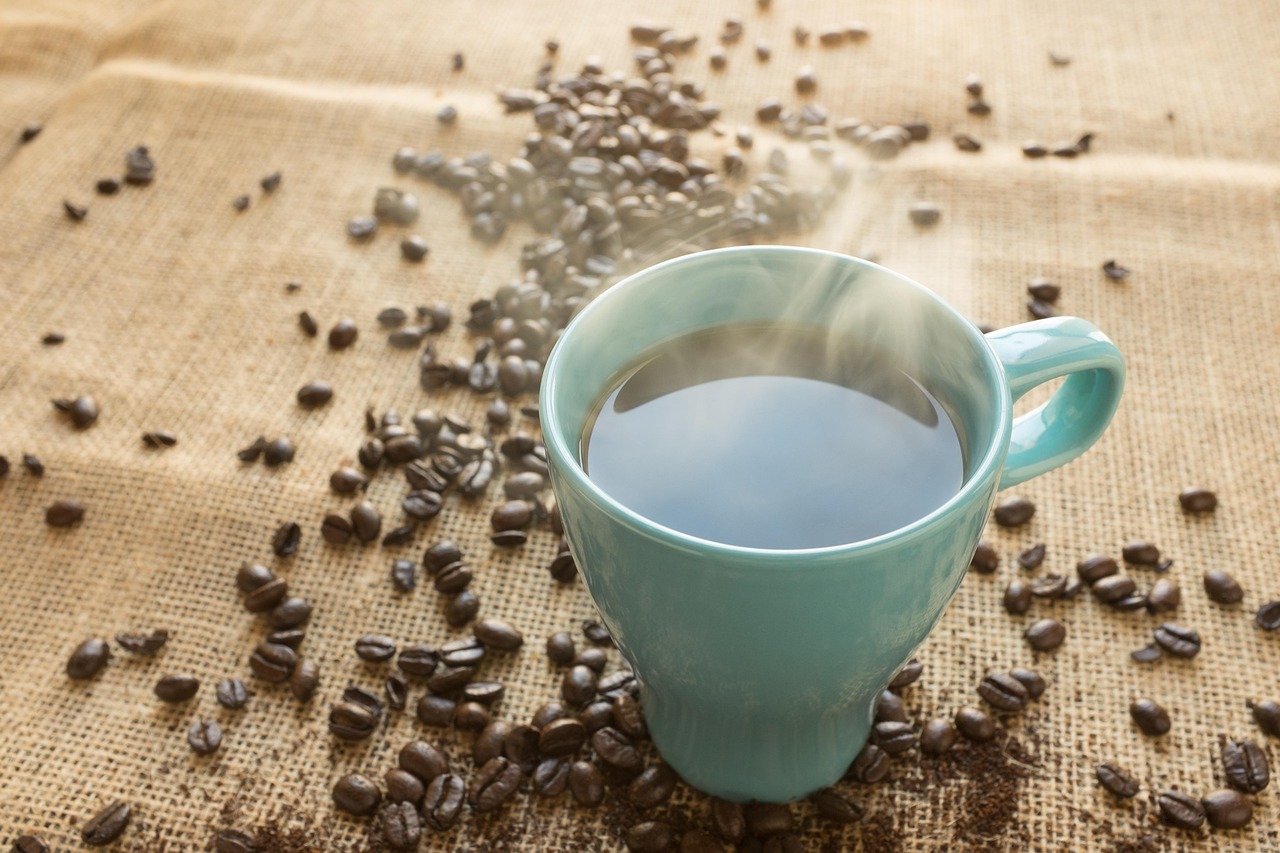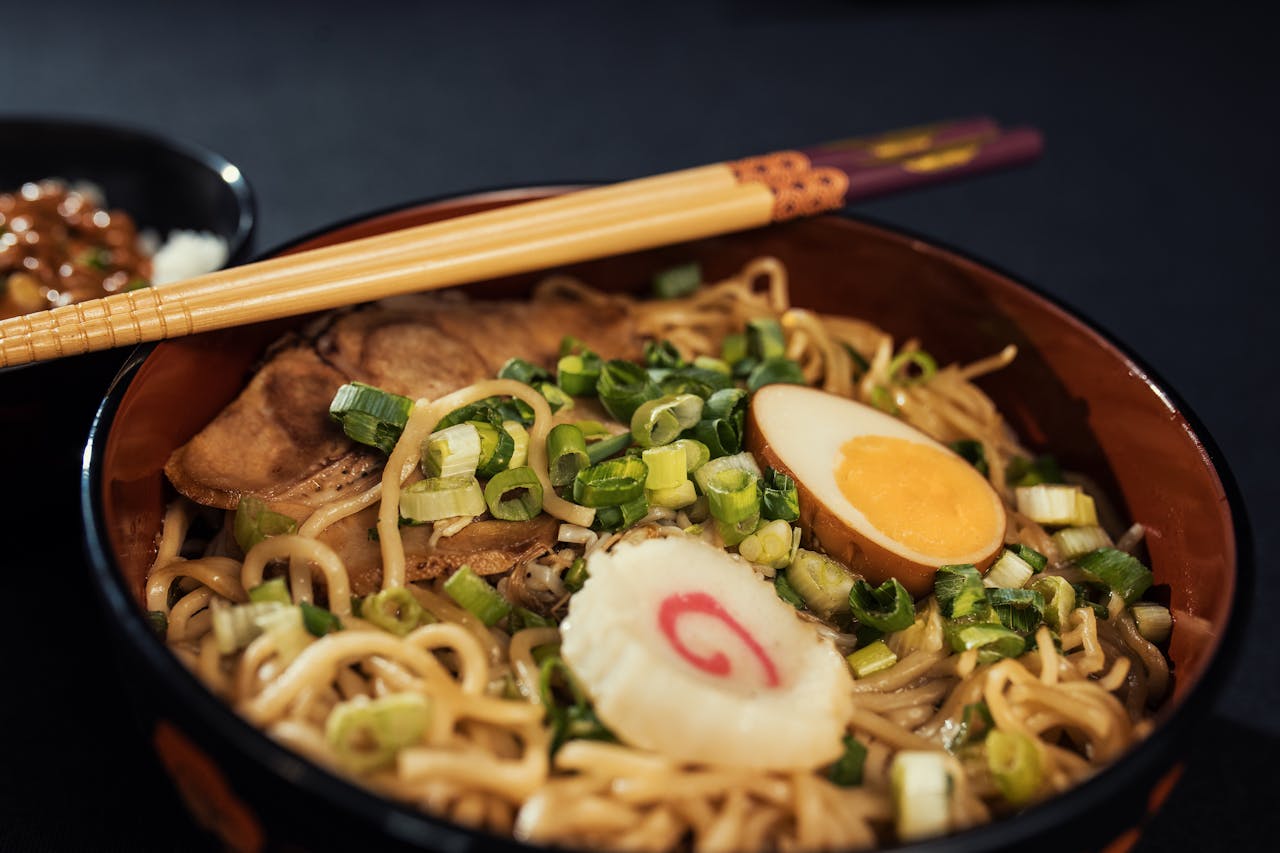8 Cake Mistakes That Lead To Burnt Edges And Bitter Flavor
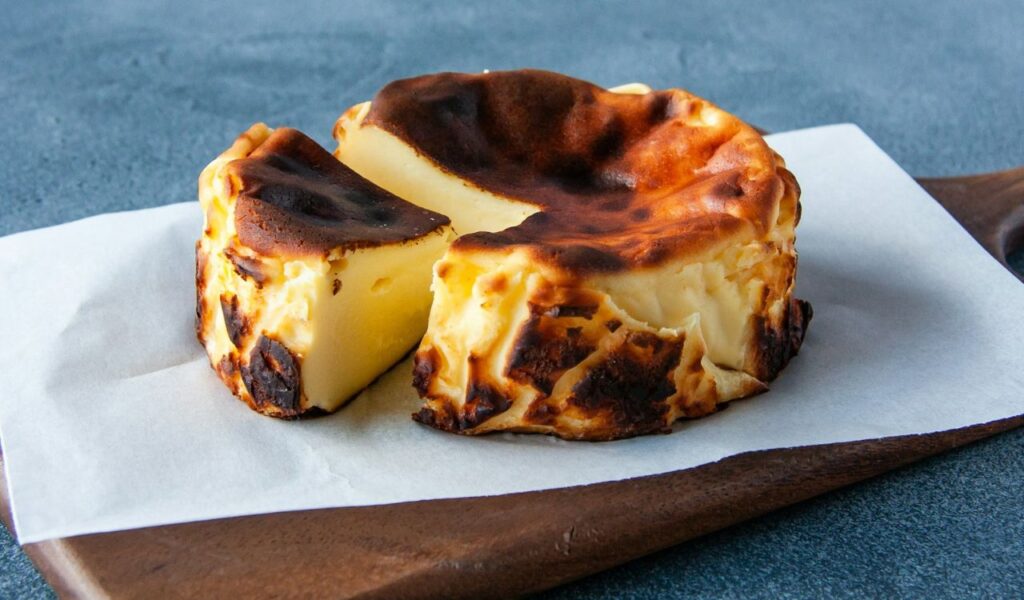
Baking cakes is part precision, part instinct. Sometimes, despite doing everything “by the book,” your cake edges end up dark or burnt, and there’s a lingering bitter taste. These mistakes don’t just affect looks, they change smell, texture, and flavour. The good news is, most of these problems are avoidable. Below are eight common mistakes that lead to burnt edges and bitter flavour, with headings so you can spot your issue quickly and fix it next time.
1. Incorrect Oven Temperature
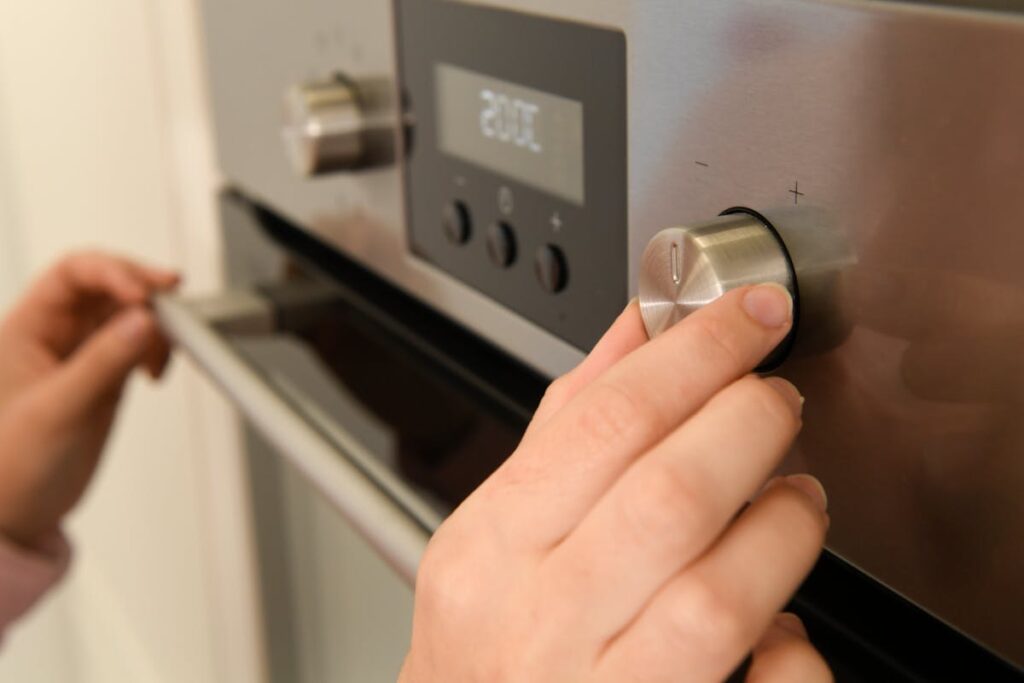
An incorrect oven temperature is one of the most frequent causes of burnt edges and bitter flavor. When the oven is too hot, the outer layer of the cake browns or burns before the center is fully baked. If the temperature is too low, the cake may dry out as it struggles to rise, leading to dense texture and harsh edges. Always preheat your oven completely and check accuracy with an oven thermometer. A steady, correct temperature ensures even baking, golden edges, and a soft, flavorful crumb.
2. Using Dark or Thin Cake Pans
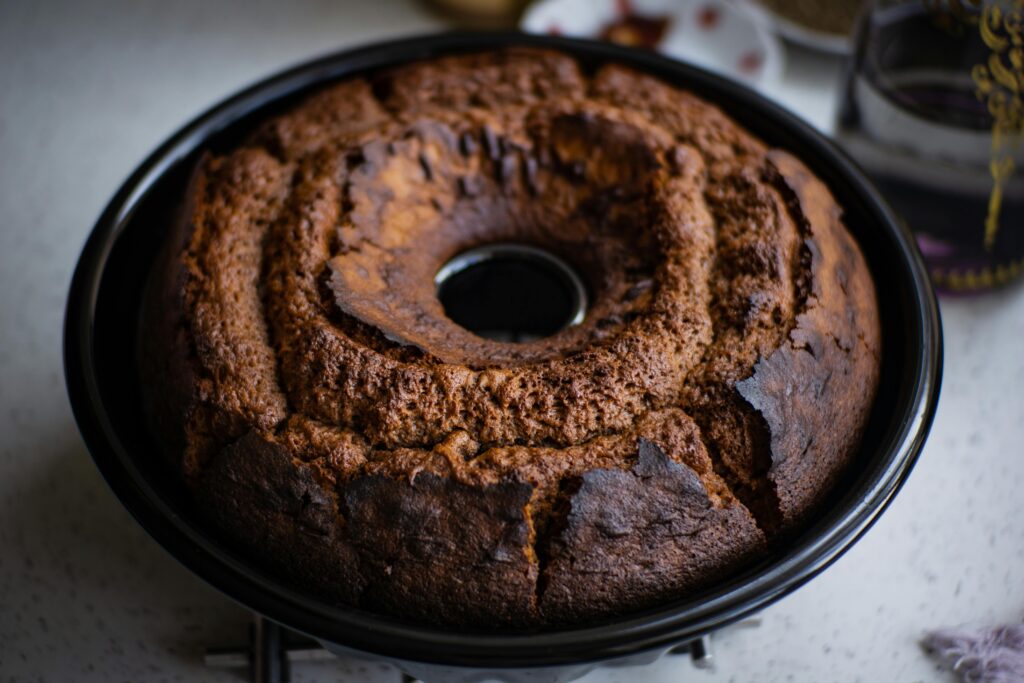
Dark-colored or thin pans absorb and transfer heat more quickly than light, sturdy ones, which can cause cake edges to overbake and develop a bitter taste. Thin pans heat unevenly, while dark coatings often intensify browning at the sides and bottom. To prevent this, choose light-colored, heavy pans for gentle, consistent baking. If you only have dark pans, reduce the oven temperature by 15–20°C and monitor doneness carefully. This small adjustment helps you avoid burnt edges and ensures an evenly golden, tender crumb.
3. Over-Baking / Baking Too Long

Leaving a cake in the oven for too long is a sure way to end up with dry, bitter-tasting edges. Even a few extra minutes can cause sugars and fats to over-caramelize, darkening the sides and creating a harsh flavor. Always rely on visual cues like a golden surface and edges pulling slightly from the pan rather than the timer alone. Testing with a toothpick or skewer near the center is the best way to check doneness. Removing the cake promptly ensures moist texture, gentle flavor, and evenly baked edges.
4. Too Much Sugar / Butter on the Sides
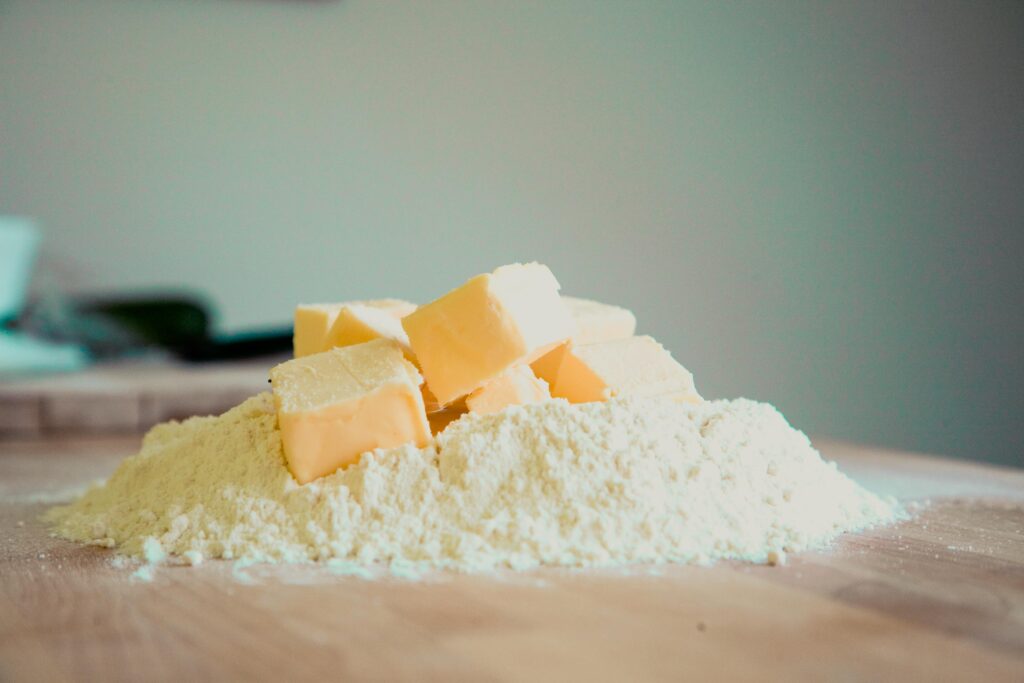
When batter or grease is spread too thickly along the sides of the pan, the outer edges effectively fry as they bake. Excess sugar caramelizes too fast, while too much butter or oil clings and browns, leaving the crust dark and bitter. A light, even coating is all you need use a brush or paper towel to spread fat thinly, and line the bottom with parchment for easy release. This prevents burnt edges and keeps your cake golden, tender, and clean in flavour.
5. Expired or Clumped Leavening Agents
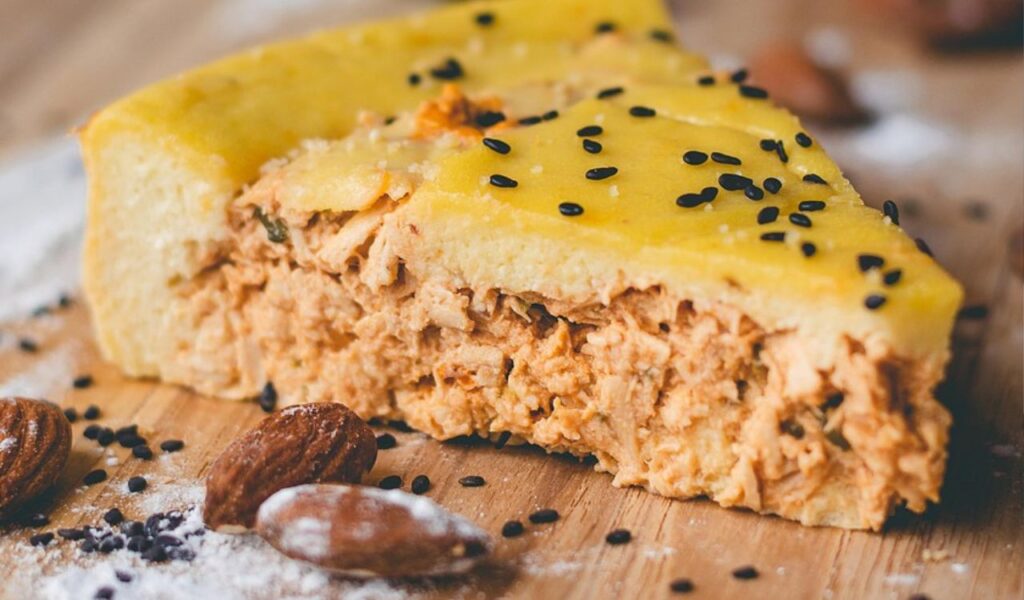
Old or poorly mixed leavening agents are a hidden cause of bitter-tasting cakes. Expired baking powder or soda often loses strength, leaving cakes dense while imparting an unpleasant metallic or harsh aftertaste. When clumps remain in the batter, they may react unevenly at the edges, creating localized bitterness or over-browning. To avoid this, replace leaveners every six to twelve months, sift dry ingredients to distribute them evenly, and store them in airtight containers. Fresh leaveners ensure even rise, light texture, and clean flavor.
6. Pan Placement Within the Oven
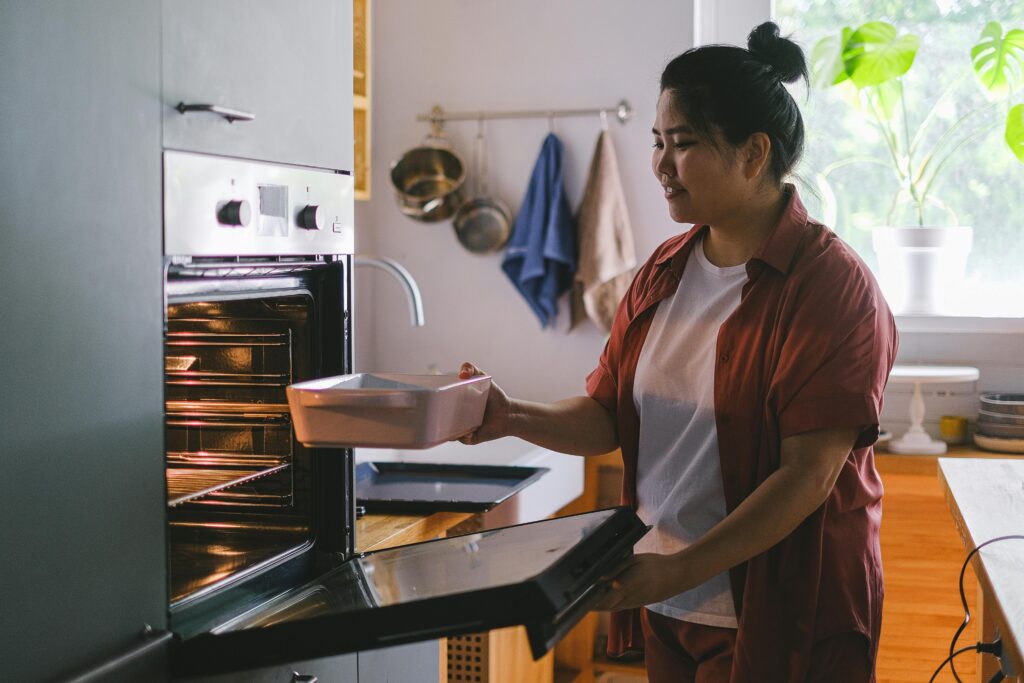
The position of your cake inside the oven determines whether it bakes evenly or develops scorched edges. Placing a pan too close to the top exposes it to intense radiant heat, which can over-brown or burn the surface. Too low, and the base and sides may darken before the middle is set. The center rack offers the most balanced heat flow, ensuring consistent baking. For ovens with uneven heating, rotating the pan halfway helps achieve golden edges and prevents bitterness.
7. Incorrect Batter Thickness / Pan Size
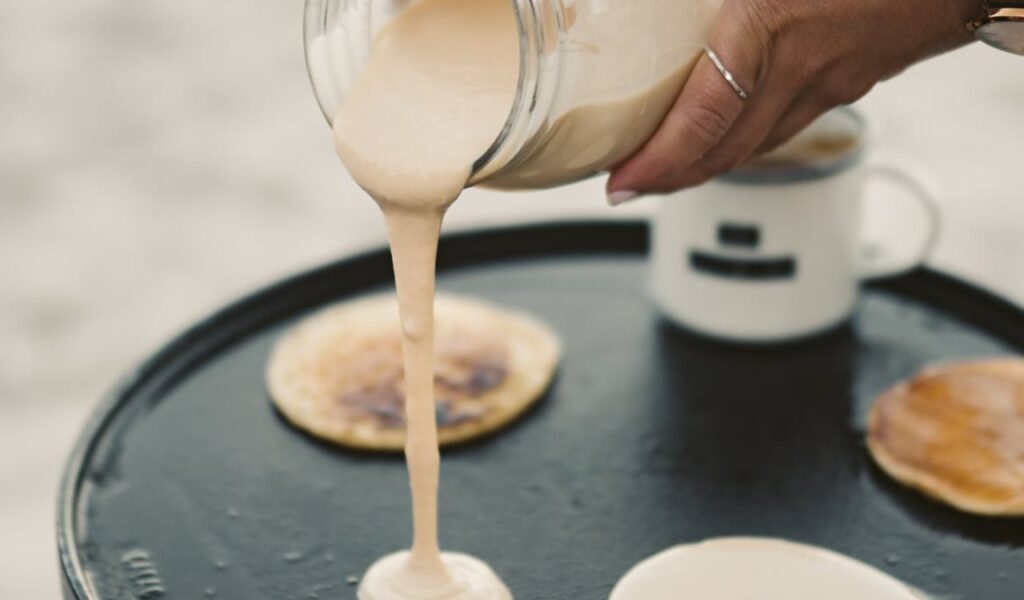
Using the wrong pan size or filling it unevenly can cause cakes to bake improperly. If the batter is spread too thin in a large pan, the edges bake and brown much faster, often burning before the center is done. Too much batter in a small pan creates the opposite issue edges and top may over-brown while the middle stays undercooked. Dense batters exaggerate this imbalance. Always follow the recipe’s pan size and fill guidelines, adjusting time and temperature only when substitutions are necessary.
8. Not Insulating the Pan Edge
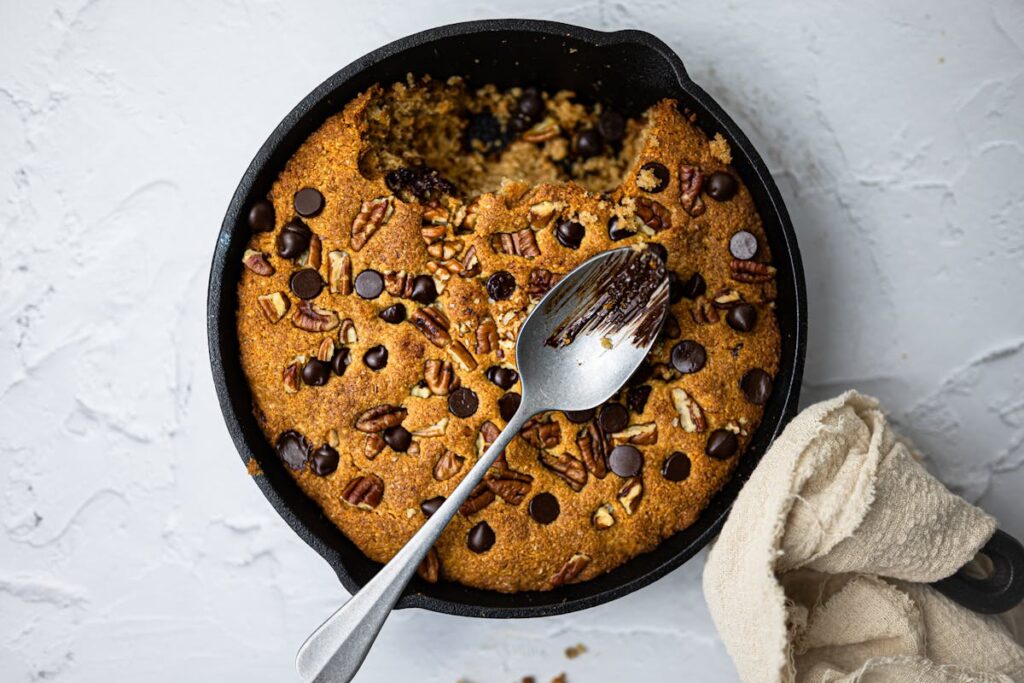
Uninsulated pan edges absorb oven heat directly, making the sides of your cake bake faster and turn dry or bitter while the center lags behind. This often creates tough crusts that overpower the cake’s flavor. To prevent this, wrap pans with damp bake-even strips, line the sides with parchment, or double line the pan for extra protection. These methods slow heat transfer at the edges, ensuring the cake rises evenly with a tender crumb, golden color, and no harsh burnt taste.
